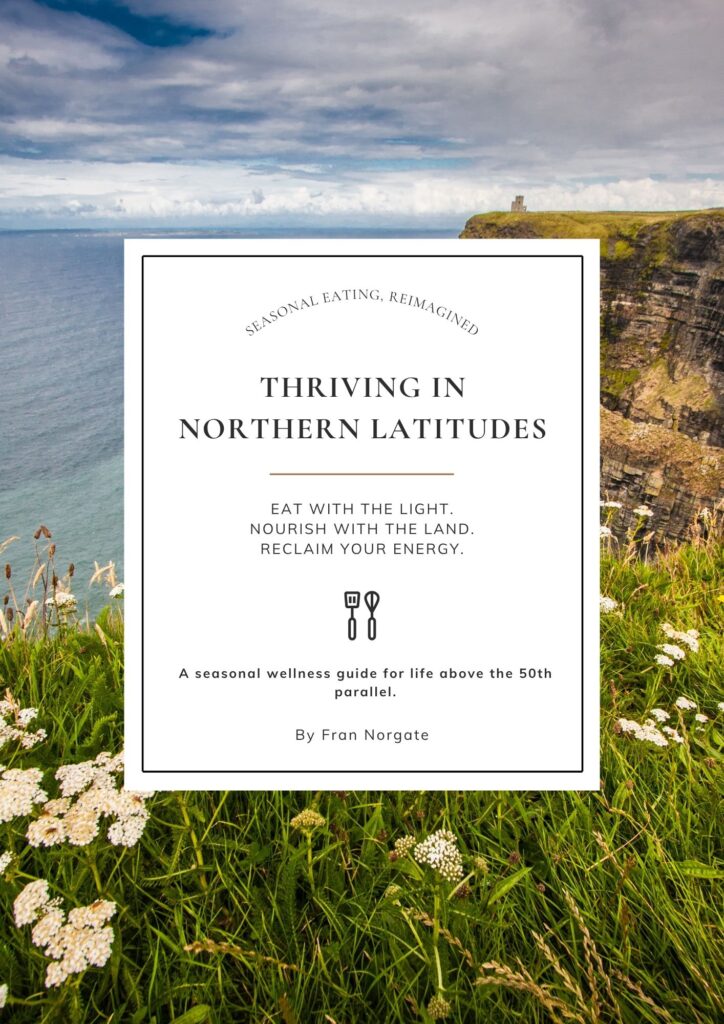GLP-1, Blood Sugar & Light: The Overlooked Link No One’s Talking About
If you’ve been following health news lately, you’ll know GLP-1 is having a moment.
Medications like Ozempic and Wegovy, originally developed for type 2 diabetes, are now front and centre in conversations around weight loss, appetite control, and blood sugar regulation.
But here’s the twist no one’s talking about:
There may be a simple, natural way to support your own GLP-1 levels – and it doesn’t come in a syringe. It comes from the sky.
Let’s talk about light.
Morning light, to be specific.
Because emerging research suggests that your exposure to bright light early in the day could influence GLP-1 levels, metabolic function, and how well your body manages blood sugar.
And if you’re someone who feels constantly drained, foggy-headed, or “wired but tired,” this could be the missing puzzle piece you didn’t know you were looking for.
What is GLP-1 and why is everyone obsessed with it?
GLP-1 (glucagon-like peptide-1) is a hormone made in the gut after eating. It has three main jobs:
- Slowing down stomach emptying
- Supporting insulin secretion to keep blood sugar steady
- Sending satiety signals to the brain to help you feel full
In short: it helps regulate blood sugar and appetite. And for people struggling with blood sugar crashes, cravings, or mid-afternoon slumps, that’s a big deal.
But while the focus has been on synthetic GLP-1 agonists, the body can and does produce this hormone naturally.
The question is: what can support or hinder that natural production?
That’s where light comes in.
The link between sunlight and blood sugar (and why it matters)
A recent randomised controlled crossover trial published in Diabetes journal found that just one hour of bright light exposure in the morning helped participants keep their blood sugar within the healthy range for 8% longer than when exposed to dim light.
Let’s pause on that.
8% longer time in a healthy blood sugar range might not sound huge on paper. But metabolically speaking, it’s meaningful.
Over time, that kind of improvement can mean:
- Fewer energy crashes
- Less stress on your pancreas
- Better insulin sensitivity
- A calmer nervous system
- Fewer inflammation spikes
For women navigating hormonal shifts, perimenopause, or burnout, those benefits add up quickly.
And for anyone juggling a full life (school runs, meetings, and managing everyone else’s dinner preferences), having steady energy and fewer cravings can feel like magic.
But what does light have to do with GLP-1?
Here’s where it gets really interesting.
The same study showed that bright morning light exposure significantly increased GLP-1 levels after a standardised breakfast compared to dim light conditions.
In plain English?
The people who got more light in the morning made more of this powerful blood sugar-regulating hormone.
And not from a supplement or injection.
Just from light.
(Specifically: 1 hour of bright light at 1000 lux starting at 08:00.)
This suggests that light isn’t just about mood or circadian rhythms – it could also be a missing lever in blood sugar support and appetite regulation.
And the best bit? Morning light is:
- Free
- Easy to access (even if you’re just opening the window or stepping outside with your cuppa)
- Part of our ancestral wiring
Our bodies evolved in synchrony with the sun. It’s only recently that we started living in dim indoor boxes all day and wondering why our hormones feel off.
So how can you actually use this information?
If you want to support your natural GLP-1 levels, metabolic health, and steady energy, here’s what to try:
1. Get bright natural light within an hour of waking. Ideally outside, even for 5–10 minutes. No sunglasses, no glass in between.
2. If outdoor light isn’t possible, sit by an open window or use a therapy light box. Look for one with at least 10,000 lux. Aim for 20–30 minutes.
3. Pair it with movement or breakfast. Bonus: this helps anchor your circadian rhythm and improves glucose response to meals.
4. Ditch dim mornings and bright evenings. Many people get this backwards – low light in the morning and high screen exposure at night. Flip it.
5. Be consistent. You don’t need to be perfect. But doing this most days builds rhythm, and rhythm is what your hormones love.
Why this matters more than ever
With the surge in interest around GLP-1 meds, many people are looking for support with:
- Appetite control
- Insulin resistance
- Weight gain that doesn’t shift
- Blood sugar crashes
- Energy slumps
But it’s easy to miss the low-hanging fruit.
Light exposure might not be a miracle cure. But it is a foundational habit that works with your biology rather than against it.
If you’ve been feeling frustrated or like your body is betraying you, consider this a gentle nudge back to the rhythms that regulate you.
It doesn’t have to be complicated. Sometimes it really is as simple as starting your day with the sun.
Curious about how light, food, and rhythm can transform your energy? This is exactly the kind of thing I help my clients personalise in my Resync & Restore programme. If you’re juggling life and feeling stuck, let’s talk about gentle, science-backed changes that actually work.
If you’d like help getting your energy, blood sugar and hormones back in sync — in a personalised, shame-free way — I’ve got a few spaces opening soon inside my Resync & Restore transformation programme.
Or come say hi over on Instagram and tell me: have you tried morning light as part of your wellness routine?
Seasonal Eating, reimagined
Thriving in Northern Latitudes
(FREE)
Reclaim Your Energy, Balance Your Rhythms & Feel More Like Yourself—All Year Round
Living in the northern hemisphere comes with its own unique rhythms—and challenges. From long grey days to shifting light patterns and the demands of modern life, it’s no wonder so many of us feel foggy, frazzled, or flat… even when we’re “doing everything right.”
This 50-page guide invites you to gently re-sync with your body’s natural rhythm—through light, food, movement, and rest—without fads, guilt, or perfection.
Rooted in science and ancestral wisdom, Thriving in Northern Latitudes explores:
Whether it’s high summer, deep winter, or somewhere in between, this guide will help you feel more grounded, resilient, and in tune—with your body and the world around you.


